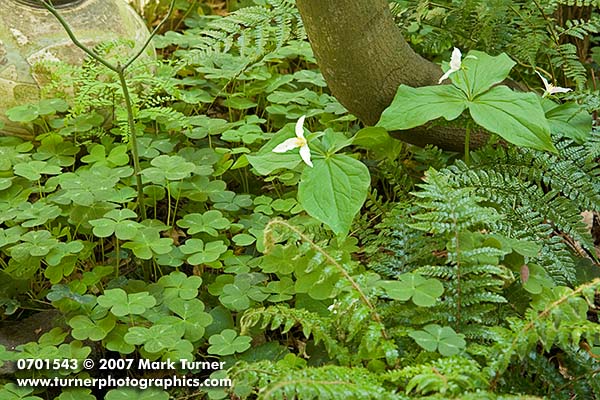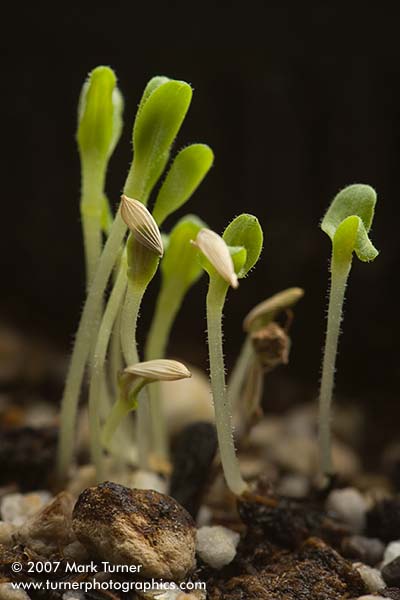Waterworks Canyon
This past weekend I was on the east side of the Cascades for a Washington Native Plant Society state board meeting in Ellensburg. We had a productive session all day Saturday, but six-hour meetings are trying even when everyone is on the same track and the discussion is genial. The cure? A day tromping in the field to see what’s blooming.
Sunday, Walt Lockwood and I headed down to Yakima and west another 15 miles to the mouth of Waterworks Canyon. It’s a fairly small canyon tending north-south that drains into the Naches River. The land is on the Oak Creek Wildlife Area, administered by the Washington Department of Fish and Wildlife. There’s a small parking area on the north side of the highway about a quarter mile west of the junction of WA 410 and US 12. [N 46° 44.921′ W 120° 47.874′]
![0701730 Carey's Balsamroot & Showy Phlox on rocky hillside [Balsamorhiza careyana; Phlox speciosa]. Waterworks Cyn, Oak Cr Wildlife Area, Yakima Co., WA. © Mark Turner Carey's Balsamroot & Showy Phlox](/wp-content/uploads/2007/04/Turner_0701730.jpg)
The mouth of the canyon is just over 1600′ elevation. After passing through the gate, we were soon greated by spectacular displays of Carey’s Balsamroot (Balsamorhiza careyana) and Showy Phlox (Phlox speciosa), particularly on the east-facing hillside that was bathed in early morning sunshine under a brilliant clear blue sky. Continue reading






